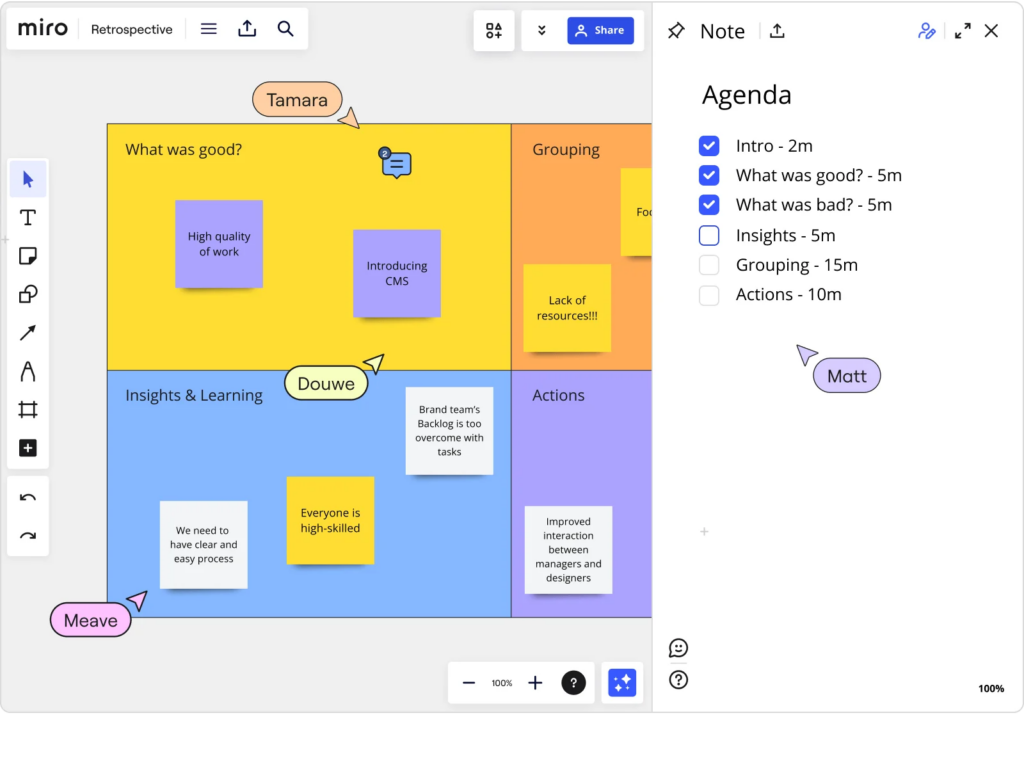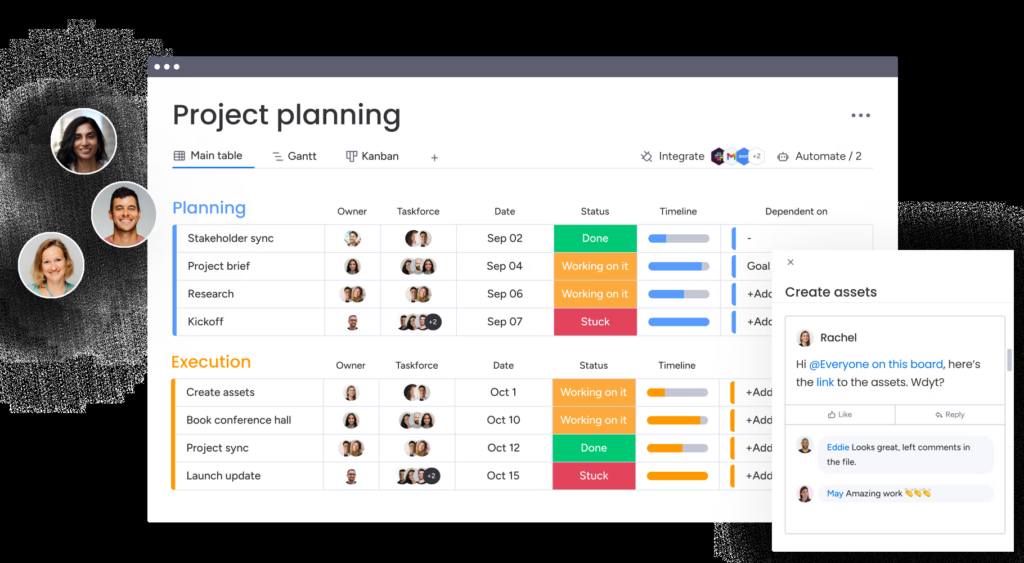My Current Job
I’m working as a Group Lead in railway engineering. Our business unit “Railway Technologies” consists of more than 40 design engineers and experts. My position is in the “Signalling Design unit”. Our unit does everything concerning railway signalling. “Signalling” means railway safety device and traffic control systems.
Signalling Tasks We Do:
- Safety device placement design
- Automatic Train Protection (ATP)
- Connection design (like circuit diagrams)
- Track vacancy detection design (Track circuits and axel counting)
- Cable route design
- Cabling design
- Functionality design
- Level crossing safety system design
- Sign design
- ERTMS/ETCS (European Rail Traffic Management System / European Train Control System) design
- 3D modelling
The list above means that we have very specialised experts for every case and every member of our unit has a very different kind of area of expertise. Most of our assignments are construction design phase design which means the highest level of planning accuracy. As a trend, the amount and importance of Inframodelling and 3D planning has increased all the time.
Our Customers:
- Railway infrastructure managers like FTIA, Metropolitan Area Transport
- Public and private
- Mostly domestic, but also international
My Working Day Consists Of:
- Managerial duties
- Assigning tasks to group members and resource planning
- Offer calculation and bidding
- Project management and expert tasks
- Occasional designing tasks
- Quality assurance
Percentage of each varies a LOT every day.
As worn expression it is, but my working days are NEVER the same like others.
The Digital Tools I Use At Work:
- MS Office (Teams, Outlook, Word, Excel, PowerPoint, OneNote, OneDrive, PowerBI)
- Calls, meetings, email, reports, calculations, presentations, notes, analysis etc.
- PDF tools for editing and design documents
- Information management services
- BuilderCom, SokoPro, TrimbleConnect etc.
- Finnish Transport Infrastructure Agency (FTIA) Extranet applications
- xSign, Confluence, Geoviite, IHKU, Jira, Kuvatieto, Rail infra data management service, Rail picture, Rail Archive, Velho etc.
- Fintraffic applications
- JETI, RUMA
- Employer related tools
- Enterprise Resource Planing (ERP) ValueFrame
- Sympa HR For employee data, competence and reference management
- Sharepoint for intranet, bidding etc.)
- SilverBucket for resourcing
- VismaSign for digital signature and contract management
- Open data resources
- Provided by FTA, MML, municipalities
- Google Earth Pro
- QGis
- CADMATIC Draw, Electrical
- AutoCAD
Well, that’s at least most of it but there’s a lot more to come! Our company got to a subject of company acquisition less than two months ago and the integration process is just in the beginning. There were less than 200 of us before the acquisition, but after that around 70 000, so my guess is that it is us changing some of our tools and not them. So there’s some new things to learn in the near future, I think.
More Tools For Work
I had a little exploration to the world of digital tools, which I could find useful at my work. Having just read the list above, you might think that are you kidding? Actually, yes, I could still use some new tools to make my work easier.
ChatGPT
I’m not sure if I could and want to use ChatGPT right now, but I’m confident I want to use it or other AI based chatbots in future. Some kind of a bot could for example help doing a lot of managerial things for me.
I could ask things like:
“Resourcing: who is the cable route designer, that has experience of at least 5 years and is available for 200 hrs from June to September?”
Chatbot would give me an answer and make the reservation for me.
“Chatbot, book me a Teams meeting of 1,5 hrs for me, Person 1, 2, 3 and for Person 4, 5, 6 and 7 only if it’s possible, but at least two of them have to be available. Find time before 10.6. Attach the memo of the previous meeting to the invitation”
20 seconds and BANG, you got a meeting. And if not possible it would propose alternatives and compromises.
Yes, I want that!
ChatGPT would be an awesome help arranging things like that and reading data from different kinds of databases and systems in no time at all. And would leave me more time for interaction with people.
Miro
Miro is a digital collaboration platform designed to facilitate team work. I got my first touch with Miro last year, when doing a group assignment for another school course. Even if I can only use the basic features of it, I found it very handy. We used it for workshops or “brain storming” and as a little bit boring engineer, I liked the visual easiness. Perhaps it was a “yellow post-it” way of working, which made me felt like home!
Miro would be really good at workshop style of team work. Miro has also Microsoft Teams integration, which is really good thing. MS Teams plays a huge role in our work.

Monday
Monday is a work operating system for projects and workflows. It’s designed to help with planning, executing and tracking team work in a visual way.
It has many same kind of features as Miro, but Monday is maybe is better for project management. It has various tools for tracking progress, task assignment and automated workflows.

Todoist
Todoist is task management application. It seems interesting piece of software because of its simple interface. You can create more complex projects, but also simple tasks easily, so it’s very versatile. You can share them with other team members and discuss within the app.
Todoist has also a Microsoft Teams integration and I’m pretty sure I’m going to give it a try.
YouTube
I think we could start using YouTube for promotional recordings. It would give us a massive audience reach and it might bring us new assignments or new employees. YouTube platform offers also detailed analytics of the media.
It might also be a good option for storing and sharing internal training videos if they can be shared only to the certain email owners. There has been several cases when the videos stored in Teams have expired or the recorder has even left the company.
Self Evaluation
This part of the assignment made me actually see, how digitalised our life really is. Not so many years ago you had no idea how many different kinds of softwares, platforms or web services you have to learn to use.
One thing causing problems and a lot of extra work in vain is incompatibility. You should be able to standardize file formats that it would be as easy as possible to cruise in the world of thousands of applications. I know this is a very hard question, because every software developer wants to have exclusive features and in that way customers tied into their products only.
In today’s working life, the amount of knowledge required is expanding because of the rapid technological advancements. Professionals also need to update their skills and knowledge all the time to stay competitive. Therefore you need to have effective tools to do at least some of the job for you. I’ve been wondering how wearing it is to proceed with this kind of speed and how long can it actually go like this. I think that AI might help us with the development. If AI could take charge on some of the tasks, it would make it a lot easier to breath for us. We’re spending too much time on doing things that an intelligent automation could do.
